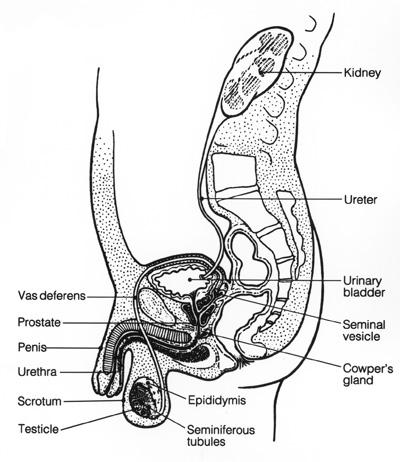Ureteral Strictures Facts

About the ureter
The ureter is a muscular tube that carries urine from the kidney to the bladder. A ureteral stricture is a narrowing of this tube. When a narrowing in the ureter occurs, the kidney cannot function normally and will be damaged over time. There will also be dilation of the kidney (known as hydronephrosis).
As urine leaves the kidney, it is collected in the renal pelvis, which is usually confined within the kidney. When the renal pelvis meets the ureter, this is called the ureteropelvic junction.
The ureter passes behind the other organs in the abdomen in a space called the retroperitoneum. It goes toward the bladder and runs parallel to the aorta and inferior vena cava (the main vein that brings blood back from the legs).
Once in the pelvis, the ureter meets up with the bladder and enters the bladder at a site called the ureteral office.
Common symptoms of ureteral strictures include:
- Pain
- Urinary tract infections
- Kidney stones
Causes of ureteral strictures
- Congenital obstruction: If patients are born with an obstruction, it is usually discovered when they are young, but occasionally presents as an adult. The obstruction can occur at either the level of the ureter and the bladder (called the ureteral orifice), or at the junction of the ureter and kidney (called the ureteropelvic junction—UPJ).
- Stone induced strictures: When a person passes a kidney stone or has surgery for kidney stones, strictures may develop.
- Iatrogenic: This is an injury caused at the time of another abdominal surgery. Most of the time, operative injury to the ureter is seen immediately at the time of surgery and repaired. In some cases, the injury is missed and the patient develops symptoms that lead to a delayed presentation.
- Radiation: Treatment with radiation for cancers in the abdomen can lead to narrowing of the ureter.
- Idiopathic: This means that the cause of a ureteral stricture is unknown.
- Retroperitoneal fibrosis: In some cases, there may be inflammation around the ureter from an unknown source that causes narrowing of the ureter.
- Malignant obstruction: Sometimes cancer that is untreatable or in the process of being treated will compress the ureter, causing an obstruction. This is not a true stricture, but the symptoms may be similar.
Common sites of ureteral strictures
- UPJ obstruction: This is usually a congenital problem that may not present until adulthood. The symptoms include pain in the back, infections and kidney stones.
- Proximal ureteral stricture: These strictures are generally associated with kidney stones or previous repairs of UPJ obstructions. Proximal means that the stricture is close to the top of the ureter and the kidney.
- Pan-ureteral strictures: These strictures extend from the kidney to the bladder, or have multiple sites of narrowing throughout the ureter. They are most commonly seen in cases of recurrent kidney stone disease.
- Distal ureteral stricture: This stricture is close to the bladder or at the level of the ureteral orifice. Injury at the time of other surgeries, stones or radiation to the pelvic organs may cause distal strictures. If the stricture happens at the level of the ureteral orifice, it is usually congenital or happens at the time of treatment for bladder tumors.